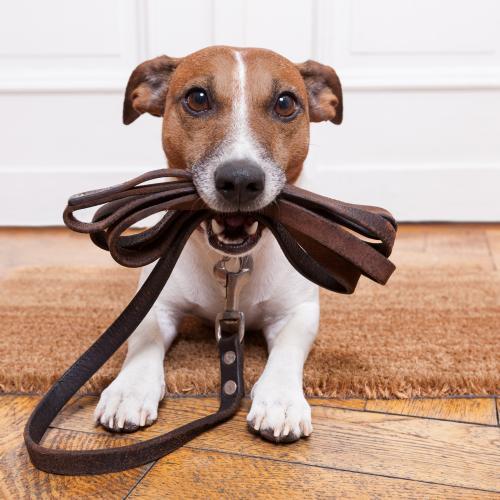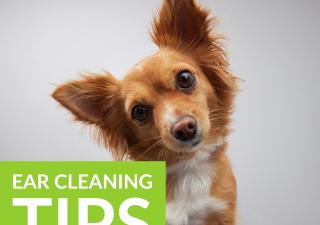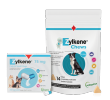
What to do when moving house?
Back to overviewWhat to do on the day:
To help the day run smoothly, we recommend starting Zylkene 1-2 days before the move.
Keep your pet in one room whilst the hustle and bustle of the move is going on. A familiar room is preferable with a doggy den for dogs to hide in and resources if you have a cat. Put your cat in their basket or the dog in the car as the last thing you do.
Set up one room at the new house as quickly as possible with familiar objects while your pet waits in the car or the basket. For dogs ensure you have a den and for cats all necessary resources – including their favourite toys for familiar smells.
Vacuum the room before you bring your pet inside. This will help remove traces of previous pets’ hair and smells and help to rid the room of any unwanted parasite visitors.
Keep your pet confined to this room while the rest of the house is sorted. Make sure the room is a comfortable temperature and provide a meal and a favourite treat. A new toy can be good for distracting dogs and a cardboard box hidey hole is a must for cats.
Ensure that everybody involved in the move is aware your pet is shut in the room, ensure they’re not accidentally let out!
Allow them to explore. Once the moving is done let your pet out of their room and allow them to explore their new home in their own time.
What to do in the next few weeks:
1) Maintain Zylkène - keep using Zylkène until you are completely convinced your pet is comfortable in your new home. For some this may be days, for others it could take months.
2) Keep cats confined for at least two weeks - this allows them to bond with the new environment. Whilst they are indoors, ensure they have access to running water and make sure you play with them as much as possible to keep them active and minimise frustration.
3) Establish a routine - it’s important to establish a routine quickly (with both dogs and cats) in order to ensure they feel secure. Make sure feeding, walks, playtimes etc. are at regular times.
4) Make the new house smell familiar - have as many familiar objects around as possible. For cats, take a clean cloth and rub the side of their face to scent it with their pheromone. Then rub the cloth at cat height in each room. Do this daily to build up a nice familiar smell.
5) Make sure they’re hungry before you let them out - don’t feed your cat for 12 hours before you let them out. Hunger will provide a compelling reason to return. If you have a signal that it’s feeding time, such as shaking their food, this can also help encourage them to come back.
6) Go outside with them - choose a quiet time to let your cat out for the first time and go outside with them. Let them explore a little then call them back for food. Repeat this process a few times over a few days but let the exploration time be a little longer each time.
7) Stay on the lead - with dogs, keep them on the lead for the first few walks until the new surroundings are familiar and you’re happy the environment is secure enough to let them off*. Practice recall on the lead a few times to be sure they’re concentrating on you.
8) Dedicate time - ensure you have plenty of time to dedicate to your pet and don’t be distracted during the process.
9) Enclosed spaces - make sure there are enclosed spaces the first time they go out, and cats would prefer plenty of ‘cover’ or hiding places, as they don’t like open spaces.
10) Stop them going back to the old place - if you haven’t moved far it may be tempting for your pet to return to their old home. This is likely to be more of a problem with cats as they are free roaming. If this happens, it means they haven’t bonded well enough with their new home and you may need to keep them in for a little longer. You could also try doing more to create familiar smells as described. It may be wise to ask the residents in your old house NOT to feed or engage with the pet if they show up and give them your phone number. This means you can go and collect them if necessary.
11) Feed small and frequent meals - small meals ensure that the new house is regularly associated with positive events.
* Providing it is safe
Tips & Tricks
- Easter is a wonderful time of year with so many chocolate Easter eggs in abundance, but make sure you do not let your pet near them.
- With Brexit deal still in negotiation and a possibility of a ‘no deal’ scenario, there are no concrete answers just yet – but to help you become more informed, here is our Q&A on what we can find so far.
- Build-up of wax and debris in your pet's ear canals can lead to discomfort and irritation. Cleaning your pet’s ears can have a lot of benefits and here are some tips to get you started!
Christmas is an exciting time, but there are some things you want to keep your pet away from this Christmas.





